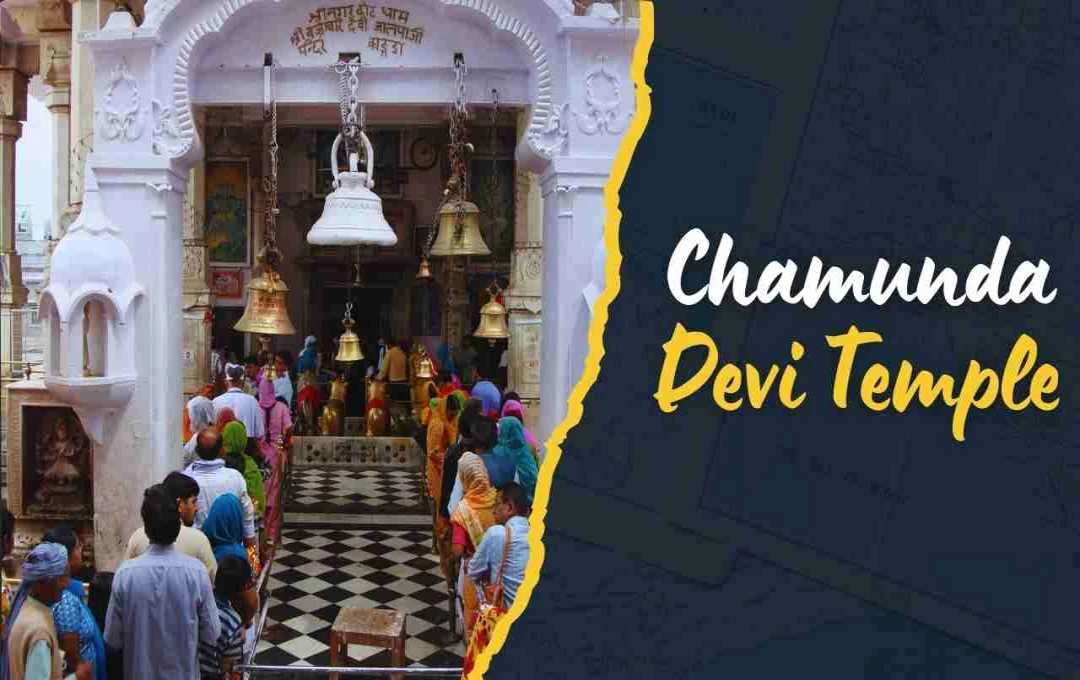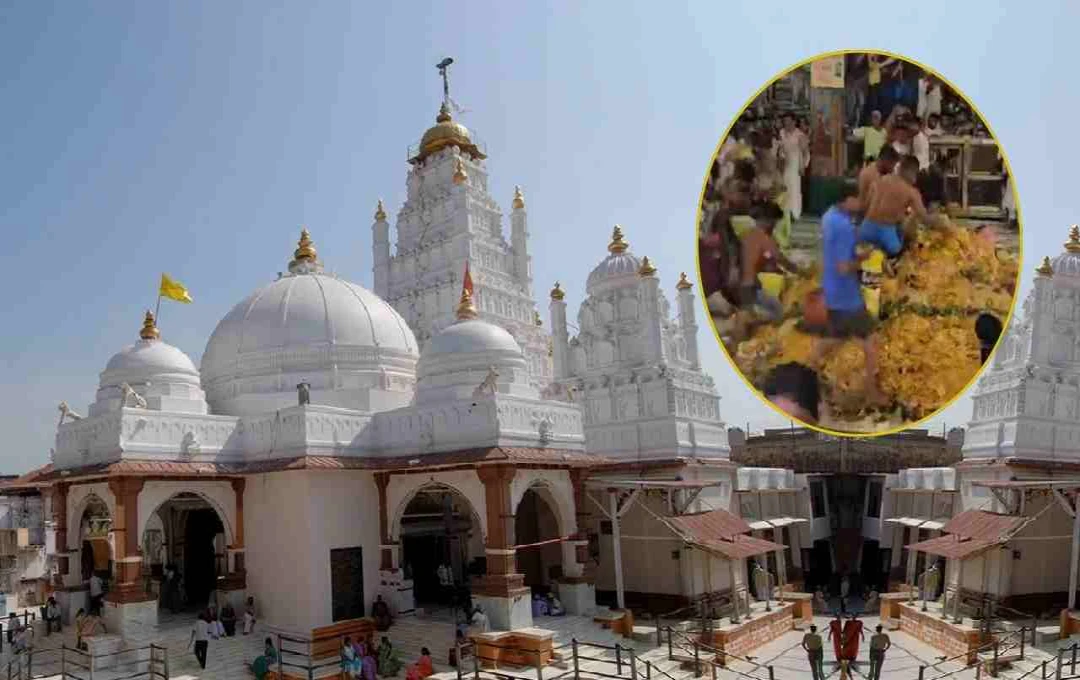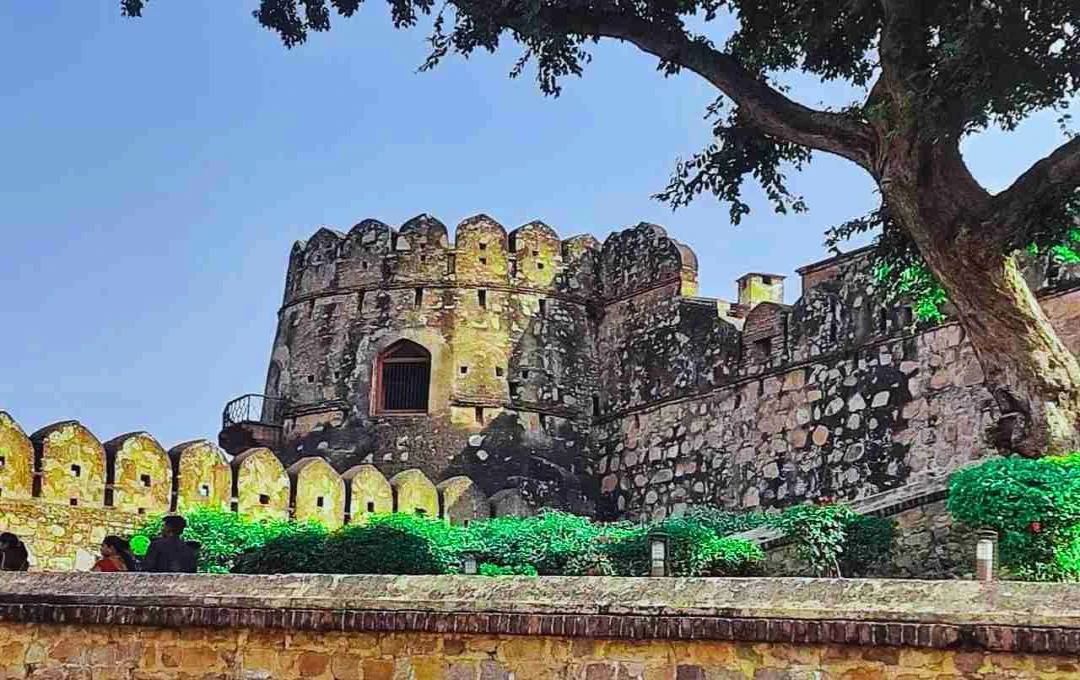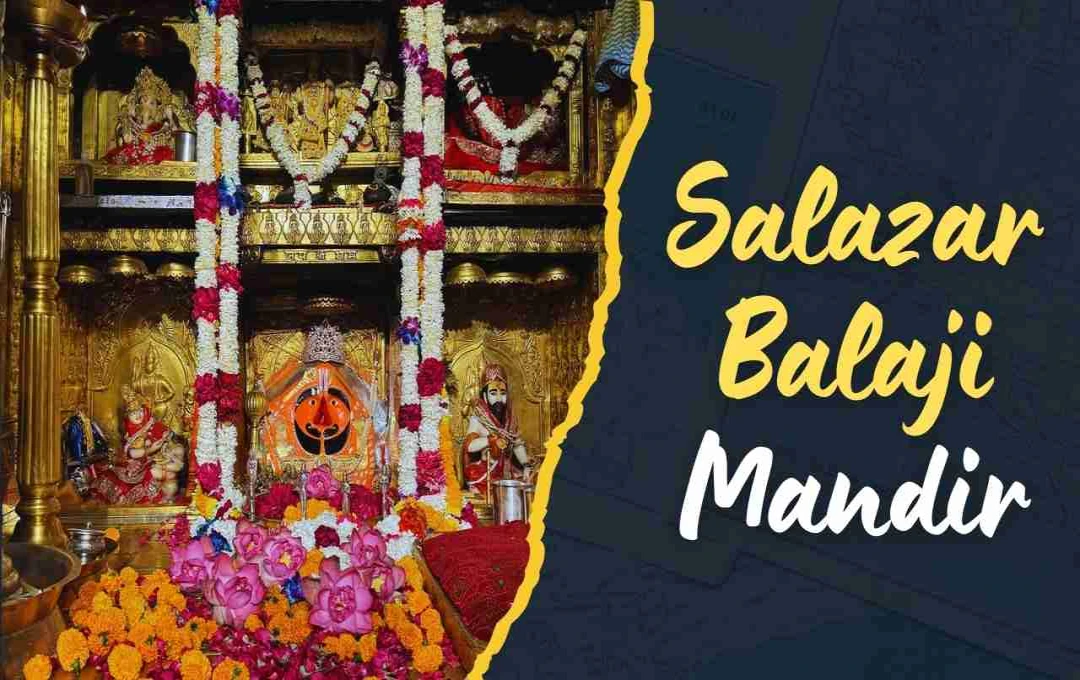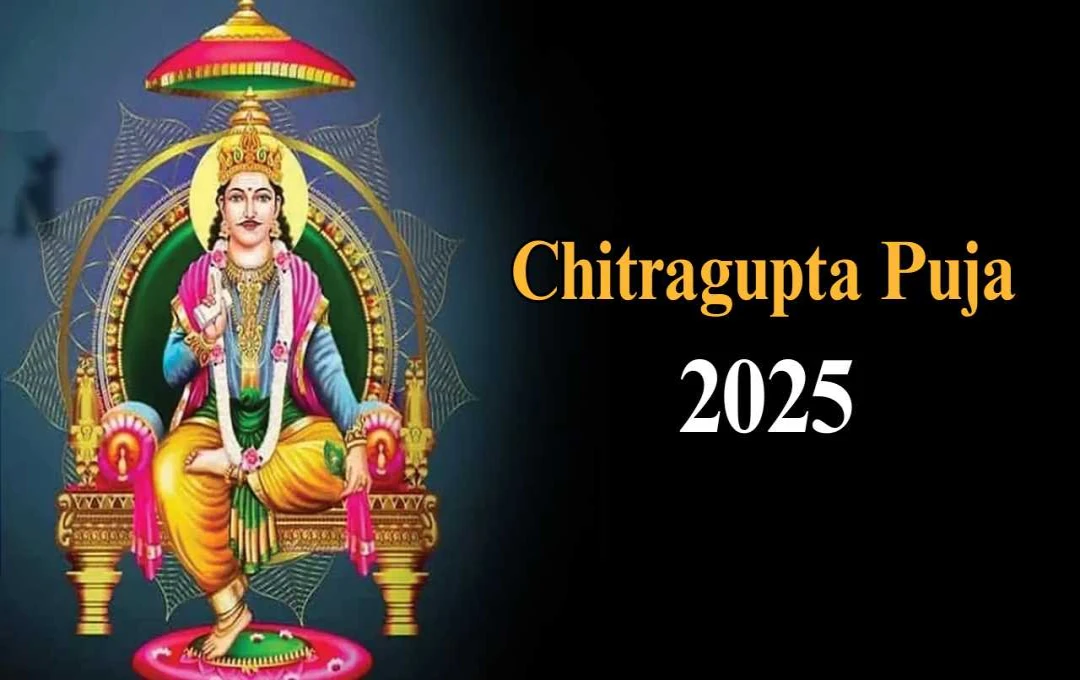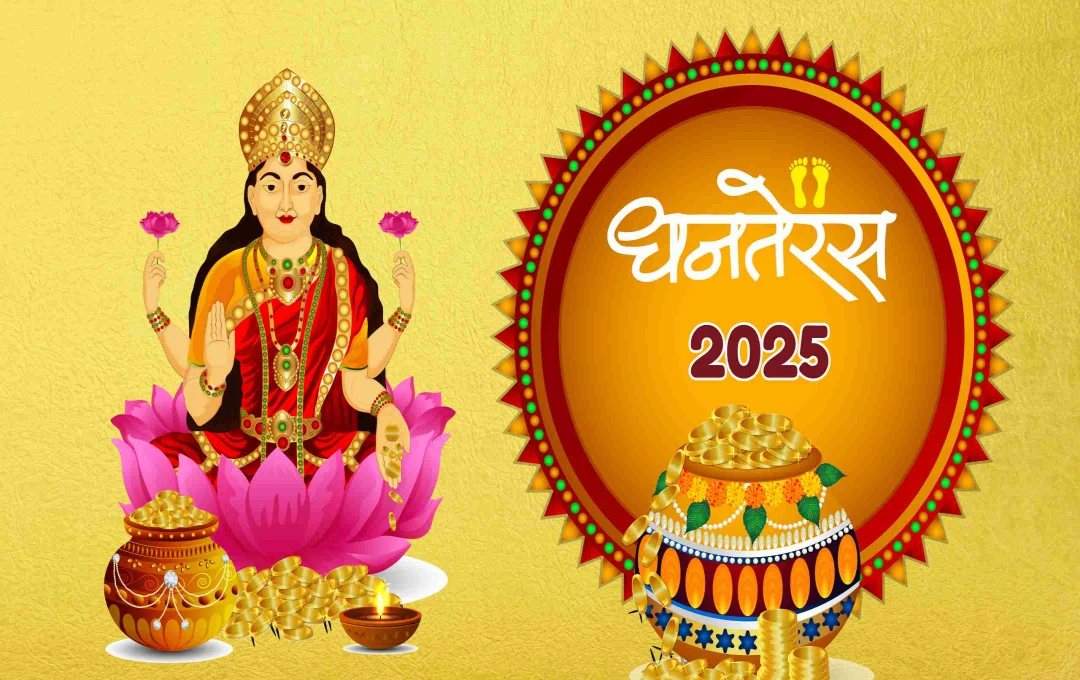The Chamunda Devi Temple is not only a center of religious faith but also a place rich in natural beauty, historical significance, and spiritual experiences. It offers devotees a sense of mental peace and energy.
Chamunda Devi Temple: According to the Durga Saptashati and Devi Mahatmyam, a prolonged war ensued between the gods and demons. The demons emerged victorious, and their king, Mahishasura, began to rule the earth. In their time of crisis, the gods sought help from Lord Vishnu. Following Vishnu's instructions, the gods worshipped the Goddess. From within the divine forms of the Trimurti - Brahma, Vishnu, and Mahesh - a divine light emanated, manifesting as a female form. The Goddess was then bestowed with various garments, ornaments, and powers by all the gods.
Lord Shiva gifted the Goddess a lion, Lord Vishnu a lotus, Indra a bell, and the ocean, an unfading garland. The Goddess blessed all the gods, assuring them that as long as they maintained their faith, she would be with them. Following this, the Goddess waged war against Mahishasura and defeated him. This is why she came to be known as Mahishasura Mardini.
The name Chamunda Devi is also linked to this narrative. Thousands of years ago, the earth was ruled by two demons named Shumbha and Nishumbha. These demons defeated the gods and subjected them to great atrocities. The gods worshipped the Goddess, and the Goddess assumed two forms: Mahakali and Mata Ambe. The demons Chand and Mund challenged the Goddess to a battle. The Goddess, showcasing her strength and valor, annihilated the demon army. After this battle, the Goddess was given the name Chamunda Devi.
The Tale of the Goddess's Strength and Valor
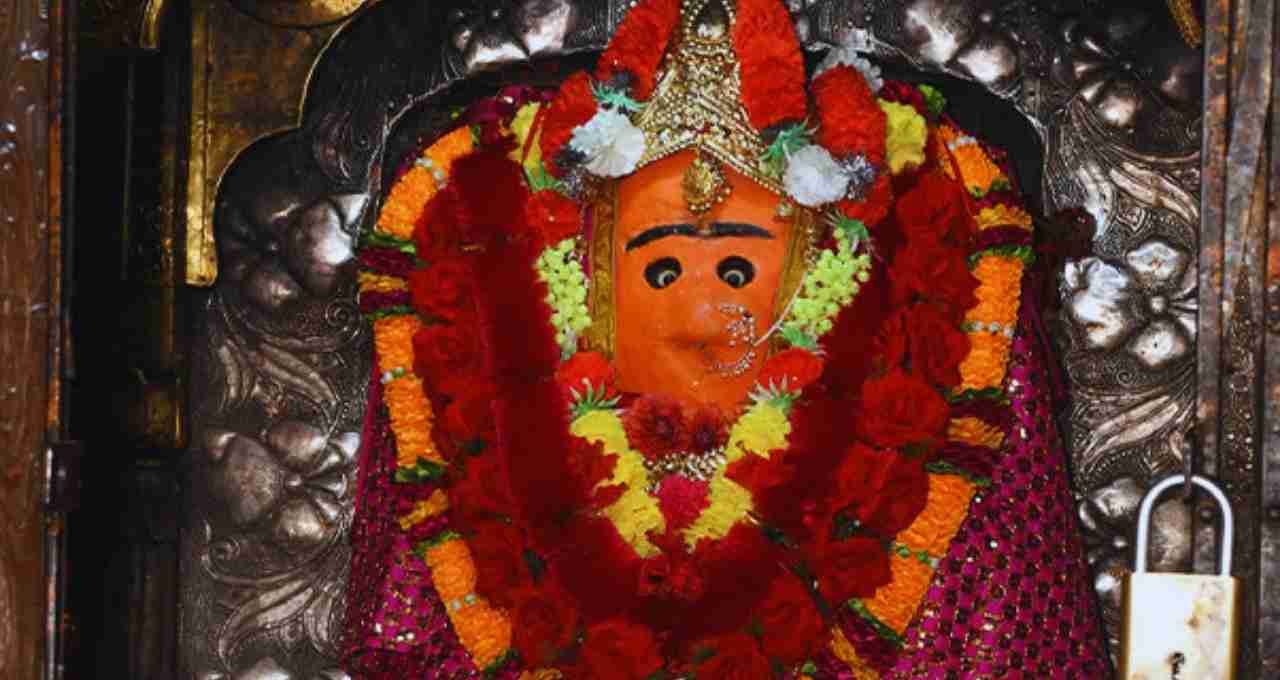
According to the Durga Saptashati and Devi Mahatmyam, a prolonged war took place between the gods and the demons. The demons were victorious in this war, and their king, Mahishasura, took control of the heavens. In their distress, the gods sought assistance from Lord Vishnu. As per Vishnu's guidance, the gods worshipped the Goddess.
At that moment, a divine radiance emerged from within the Trimurti – Brahma, Vishnu, and Mahesh – and manifested in a feminine form. The gods bestowed upon the Goddess their various ornaments and powers. Lord Shiva presented her with a lion, Vishnu with a lotus, Indra with a bell, and the ocean with an everlasting garland. The Goddess blessed all the gods, promising to protect and be worshipped by them.
Subsequently, the Goddess engaged in battle with Mahishasura and vanquished him. For this reason, she became known as Mahishasura Mardini. This legend underscores the significance of the Chamunda Devi Temple, making it exceptionally sacred for devotees.
Mythological Significance and Shakti Peetha of Chamunda Devi
The Chamunda Devi Temple is one of the Shakti Peethas. There are a total of 51 Shakti Peethas in India, formed by the falling body parts of Goddess Sati. Each Shakti Peetha holds its own unique significance. For instance, the Shakti Peetha of Mahakali is in Kolkata, Jwala Devi in Jwalamukhi, Bhadrakali in Kurukshetra, and Shakamvari Devi is situated on the Shivalik mountains. The feet of Goddess Sati fell at the Chamunda Devi Temple. This is why this location holds special importance, and devotees travel from far and wide to visit.
Main Attractions and Darshan at Chamunda Devi Temple
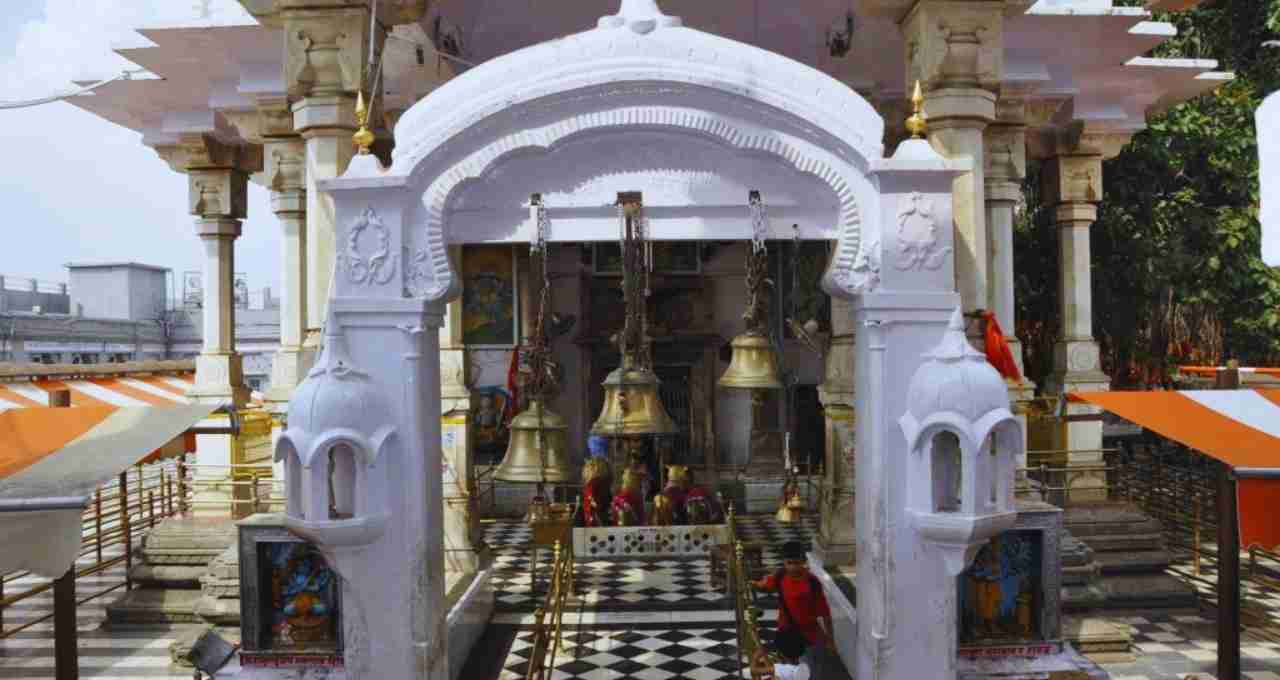
The Chamunda Devi Temple is located approximately 15 kilometers from Dharamshala. En route, tourists can enjoy lush green valleys, gurgling rivers, and natural scenic beauty. The temple complex offers ideal spots for meditation, providing devotees with a spiritual experience. The main idol of the Goddess is securely housed in the temple's sanctum sanctorum. Additionally, the temple complex houses idols of Hanuman Ji and Bhaironath.
Behind the temple lies a cave with a natural Shivling. Here, there is a sacred water spring named Baan Ganga, bathing in which is believed to bestow merit and peace. Devotees also offer their prayers to Lord Shiva here.
Other Facilities and Attractions within the Temple Complex
Behind the Chamunda Devi Temple are located an Ayurvedic hospital, a library, and a Sanskrit college. The Ayurvedic hospital provides medical supplies to devotees. The library offers books related to mythology, astrology, Vedas, Puranas, and culture for sale. The Sanskrit college offers free classes on Vedas and Puranas.
Major Festivals and Navratri Celebrations
Navratri is celebrated with great fervor twice a year at the temple. During Navratri, there are continuous recitations (Akhand Path), Saptachandi Path, special Havan, and pujas. Devotees queue up for long hours to have a glimpse of the Goddess. A large fair is also organized during this period.
Travel and Tourism Routes
Tourists have various options to reach the Chamunda Devi Temple:
- By Air: The nearest airport is in Gaggal, which is 28 kilometers away from the temple. Bus or taxi services are available from there.
- By Road: Located 15 kilometers from Dharamshala and 55 kilometers from Jawalamukhi. Buses operated by the Himachal Pradesh Tourism Department and private vehicles are available.
- By Rail: There is a railway line from Pathankot to Maranda, after which the temple is 30 kilometers away.
Weather and Travel Suggestions
The weather at Chamunda Devi Temple is cold in winter and pleasant in summer. In winter, the temperature drops below zero degrees Celsius, so warm clothing is essential. The most suitable time to visit is from January to March.
The Chamunda Devi Temple is not only significant from a religious perspective but is also a unique center of natural beauty and spiritual experience. Visitors here enjoy the devotion to the Goddess, the importance of the Shakti Peetha, and the mountainous environment. The temple's mythological tales and Navratri celebrations make it even more special. This place is a source of spiritual peace and bliss for every devotee and tourist.
